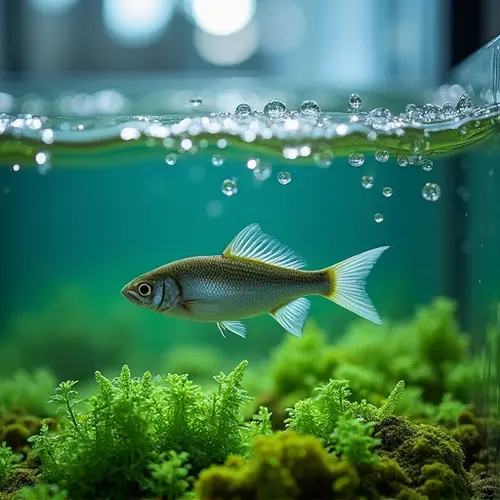
The New Wave of Oceanic Protein
As overfishing decimates global fish stocks, scientists are racing to create sustainable alternatives. Lab-grown fish and oceanic protein farms are emerging as potential solutions to feed our growing population without emptying the oceans. Companies like Germany's Bluu Seafood and Israel's Wanda Fish are leading this culinary revolution.
How Synthetic Seafood Works
Cultivated fish starts with a small cell sample from live fish. These cells are nurtured in bioreactors filled with nutrient-rich growth medium. Through innovative techniques like spheroid development, companies create fish tissue without bones or scales. Bluu Seafood recently opened Europe's first pilot plant in Hamburg, growing Atlantic salmon and rainbow trout cells for products like fish balls.
Meanwhile, oceanic protein farms explore alternatives like microalgae and "naked clams" (shipworms). UC Santa Cruz researchers found microalgae can fully replace fishmeal in aquaculture feeds while maintaining nutritional value. These shipworms consume waste wood in land-based tanks, converting it into protein-rich seafood with oyster-like flavor.
2025 Milestones and Challenges
Several companies target 2025 for market entry. Bluu Seafood expects Singapore approval early next year, while Wanda Fish prepares regulatory submissions for its bluefin tuna toro sashimi. However, hurdles remain:
- Cost: Producing microalgae remains expensive
- Regulation: Italy and several U.S. states banned cultivated meat
- Consumer acceptance: Early taste tests show promise
Nutritionally, lab-grown fish matches conventional seafood's omega-3 benefits without microplastics or mercury. As UCSC researcher Pallab Sarker notes: "Microalgae can help uncouple aquaculture from wild fish stocks."
The Bigger Picture
With global seafood demand doubling since 1990 and 90% of fisheries maxed out, these innovations couldn't be timelier. Sustainable aquaculture now provides over half our seafood, but traditional fish farming still strains ecosystems. Lab-grown alternatives offer hope for ocean recovery while meeting protein needs.

 Nederlands
Nederlands English
English Français
Français Deutsch
Deutsch Español
Español Português
Português








